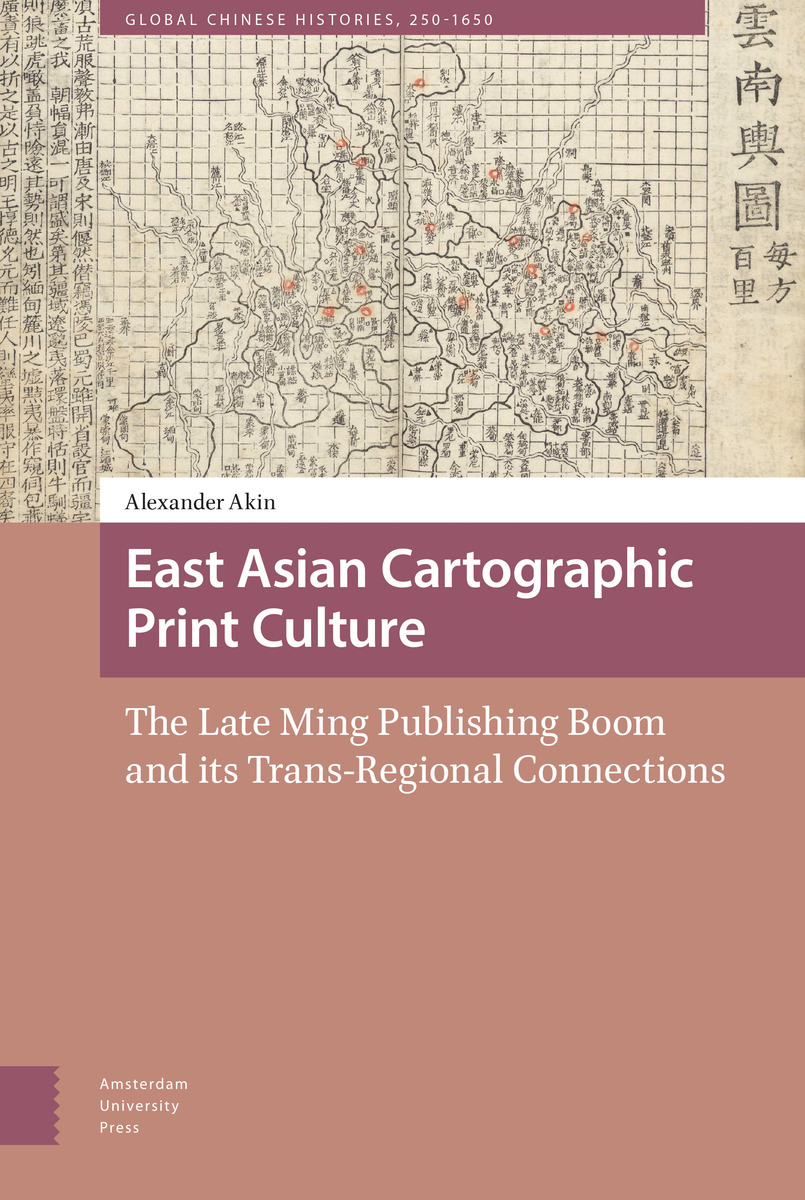East Asian Cartographic Print Culture: The Late Ming Publishing Boom and its Trans-Regional Connections
Amsterdam University Press, 2021
eISBN: 978-90-485-5061-6
See other books on: Asia | Cartography | China | Social History | Technology & Engineering
See other titles from Amsterdam University Press
eISBN: 978-90-485-5061-6
ABOUT THIS BOOK | AUTHOR BIOGRAPHY | TOC
ABOUT THIS BOOK
Alexander Akin examines how the expansion of publishing in the late Ming dynasty prompted changes in the nature and circulation of cartographic materials in East Asia. Focusing on mass-produced printed maps, this book investigates a series of path-breaking late sixteenth- and early seventeenth-century works in genres including geographical education, military affairs, and history, analysing how maps achieved unprecedented penetration among published materials, even in the absence of major theoretical or technological changes like those that transformed contemporary European cartography. By examining contemporaneous developments in neighboring Choson Korea and Japan, the study demonstrates the crucial importance of considering the broader East Asian sphere in this period as a network of communication and publication, rather than as discrete units with separate cartographic histories. It also reexamines the place of the Jesuits in this context, arguing that in printing maps on Ming soil they should be seen as participants in the local cartographic publishing boom and its trans-regional repercussions.
See other books on: Asia | Cartography | China | Social History | Technology & Engineering
See other titles from Amsterdam University Press












